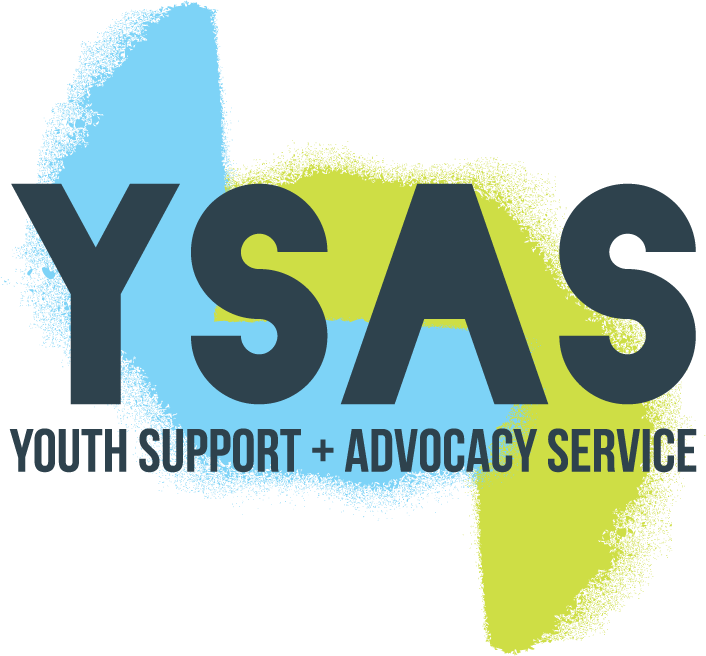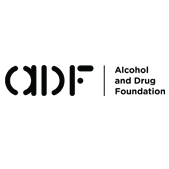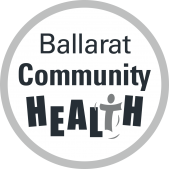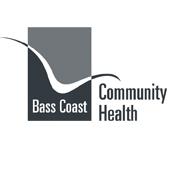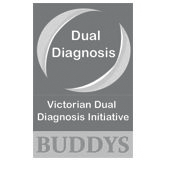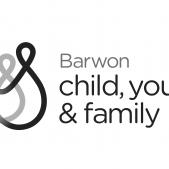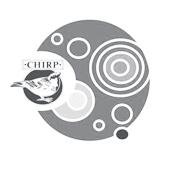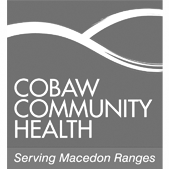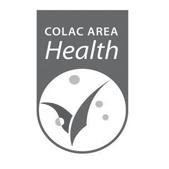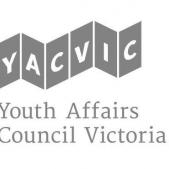Drug Facts
Ice - Fast facts for schools
A young person may appear talkative and extremely energetic, alert and agitated or super focused and motivated. This intense ‘high’ may be followed by a period of sleeplessness where a young person wants to sleep but is unable to
WHAT
Though ice is not the only methamphetamine (speed is another example), it is one of the most talked about. It is an illegal stimulant, meaning it is designed to ‘hype up’ rather than ‘calm down’ a person who is using it.
OTHER NAMES
Meth, crystal, crystal meth, shabu, tina, glass, crank, yaba, P, shard, puff, Tina and Christine
SIGNS SOMEONE HAS RECENTLY USED THIS DRUG
A young person may appear talkative and extremely energetic, alert and agitated or super focused and motivated. This intense ‘high’ may be followed by agitation, depression and exhaustion. In extreme cases, a person may begin to exhibit symptoms of psychosis, difficulty breathing, or very high fever. An ambulance should be called if any of these symptoms occur.
SIGNS THAT SOMEONE MAY BE USING AT SCHOOL
Ice usually comes in small zip lock bags. It has the appearance of shards of crystal similar to fine ‘rock salt.’ Some of the shards may be tinted with different colours. It is odourless with a bitter taste. When smoked, it has a faint chemical aroma – similar to cleaning fluid.
Other signs that may indicate a person is using could include singed pieces of aluminium foil & lighters, small glass or metal pipes or injecting equipment such as tourniquets, alcohol swabs and fine orange capped needles.
HOW COMMON IS USAGE?
In 2010, 2.3 per cent of Australians over age 14 had used amphetamines in the previous 12 months. It is the third most common substance reported by young people accessing treatment services.
IMPLICATIONS FOR THE CLASSROOM
Other less potent forms of amphetamine have a long history of being used to enhance concentration during exams and assist students to pull ‘all nighters’ to write assignments. The high that ice provides, on the other hand, is more likely to prove a distraction from study.
A young person who has recently used ice or speed may be loud, confident, boisterous and energetic. They may also be tangential and unaware of social cues and fidgety, sweaty and unable to sit still quietly.
A young person who has returned to school after weekend ice use may be worn out, exhausted due to lack of sleep and ‘down’ in mood.
Long term ice users can experience prolonged low mood, low motivation, difficulty sleeping and poor self image. Other mental health symptoms such as paranoia, suspicion and anxiety may accompany prolonged ice use.
IMPLICATIONS FOR SCHOOL CAMP
Though it is unlikely that a young person who has been using ice every day for several months would be engaged enough with school to be on school camp, withdrawal symptoms for ice include a "crash" period (of up to 24 – 48 hours) followed by a period of low mood, agitation and strong cravings to use again. Low mood can persist for over a month.
Didn’t find what you are looking for? We’ve just given you the most relevant fast facts for school teachers’. For a more comprehensive guide we recommend the ADF’s fact sheet.




